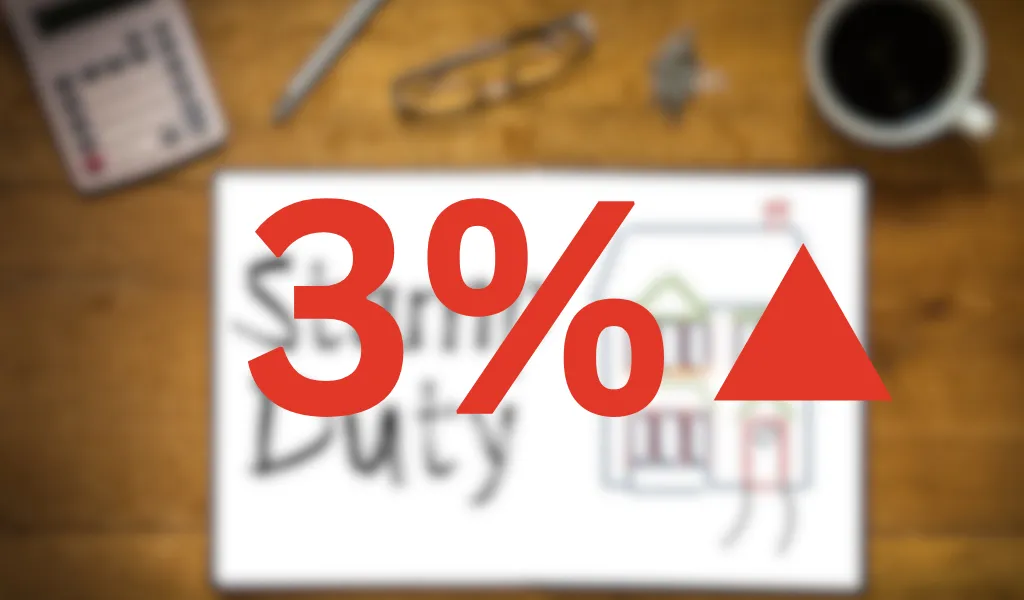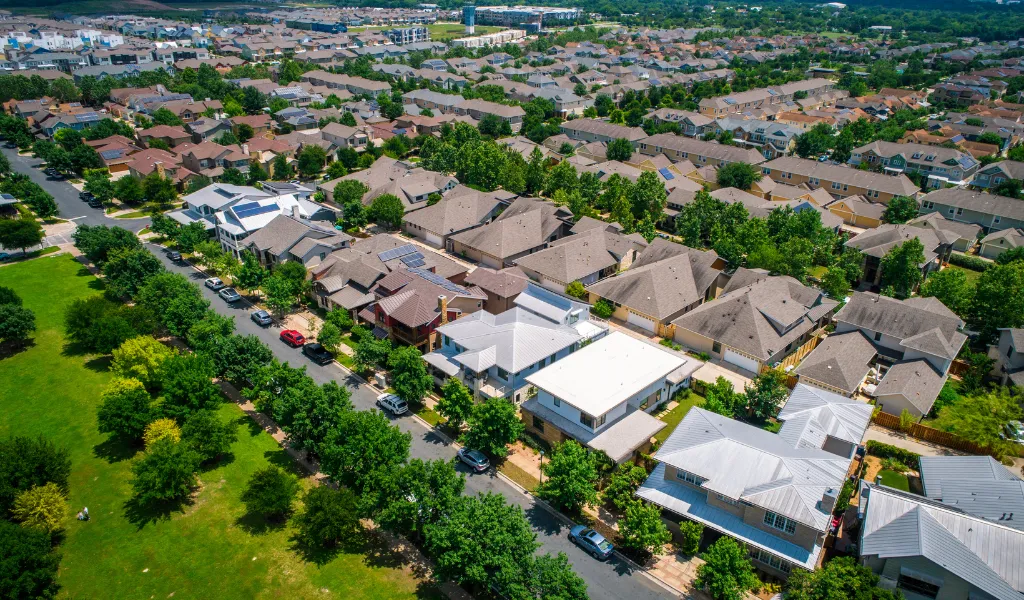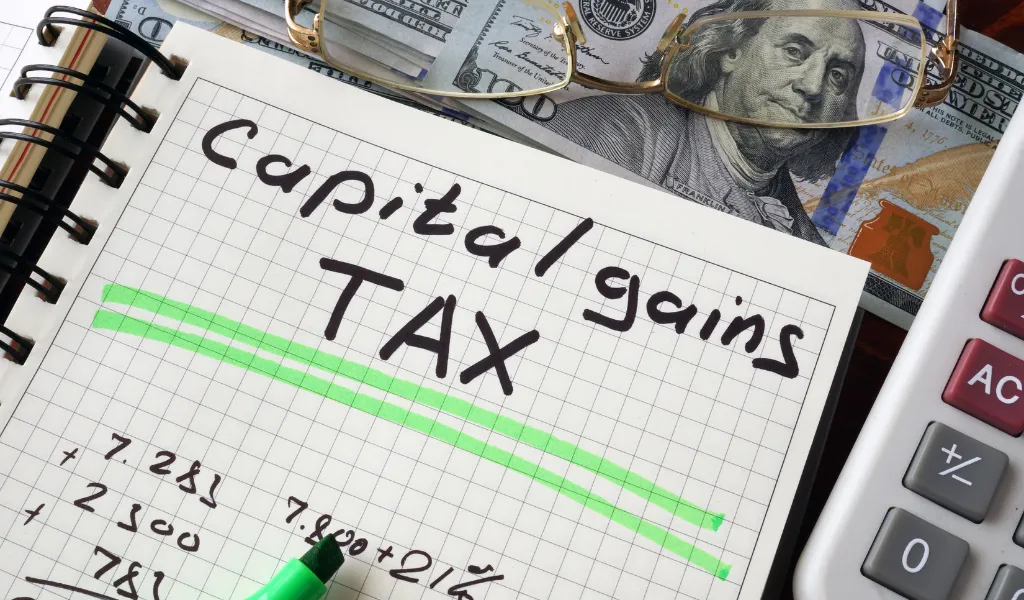When it comes to property purchases and the associated taxes, things can get a bit intricate. One common question that often arises is whether you’re obligated to pay the additional 3% Stamp Duty Land Tax(SDLT) when you plan to live in the property you’re buying. Let’s delve into the nuances of this scenario.

The Main Residence Replacement Exception
The concept of the “main residence replacement exception” is pivotal when it comes to determining whether you’re liable for the additional 3% Stamp Duty Land Tax(SDLT). If the property you’re acquiring is intended to replace your current main residence, you are in a good position. In this scenario, you won’t be required to pay the extra 3% surcharge. It’s essentially an incentive provided by the government to encourage individuals to transition smoothly from one main residence to another without incurring the surcharge.
However, as mentioned earlier, there’s a significant condition attached to this exemption. To qualify for it, you must not only be purchasing a new main residence but also be in the process of selling your previous main residence within three years of purchasing the new one. This means that you have to conduct the sale and purchase within a three-year timeframe to make use of this exemption. It’s an ingenious mechanism designed to ensure that the exemption is genuinely applied for the replacement of your primary place of residence. In essence, it’s a swap of main residences within a three-year period to avoid the surcharge.
| Condition | Requirement |
|---|---|
| Ownership of existing main residence | Must have owned for at least 12 months before selling |
| Intended use of new property | Must intend to use as main residence |
| Sale of existing main residence | Must sell within 3 years of purchasing new property |
Example 1: John and Mary own a house in London, which is their main residence. They decide to move to the countryside and buy a new house. They sell their London house within three months of purchasing their new house. They will initially have to pay the additional 3% SDLT surcharge on the purchase of the new house. However, they can claim a refund for the surcharge within three years of selling their London house.
Example 2: Susan owns a flat in London, which is her main residence. She decides to buy a house in the countryside for her weekend home. She will have to pay the additional 3% SDLT surcharge on the purchase of the house, as it is not her main residence.
Multiple Property Ownership
The situation becomes more intricate if you already own multiple properties. In such cases, when you complete the transaction for the new property, the 3% surcharge becomes due, even if you have the intention to sell your previous property at a later point in time. This happens because, until you successfully dispose yourself of the old property, you technically own multiple properties. It’s a situation where the law is keen on distinguishing between those who genuinely require multiple residences and those who may be acquiring properties purely for investment purposes.
This rule extends to individuals who own and rent out other properties in their name as well. Essentially, if you are the legal owner of more than one property, you should be prepared to pay the additional 3% Stamp Duty Land Tax(SDLT) at the time of purchasing the new property.
Can the Surcharge Be Reclaimed?
Now, if you find yourself in a situation where you’ve paid the 3% surcharge due to multiple property ownership but intend to rectify it by selling your old property, there’s still hope. You can potentially reclaim the surcharge if you meet specific criteria, primarily based on two significant 3-year tests:
Intent to Reside: At the time of the new property’s purchase, your genuine intent should have been to reside in it as your primary or sole residence. This demonstrates that you never intended to hold both properties for investment purposes.
Disposal of the Old Property: The major interest in the sold dwelling should have been disposed of either before or on the date of the new property’s purchase, with no major interest held in the sold dwelling immediately following the disposal by you, your civil partner, or spouse. The disposal should have occurred no earlier than 3 years before the purchase date of the new property.
These tests aim to ensure that the reclaim of the surcharge is genuinely linked to the intention of using the new property as your main residence and not as a means to exploit tax regulations.
Delays in Selling the Previous Property
It’s important to address the scenario where there is a delay between acquiring your new main residence and selling your previous one. In this case, you will likely have to pay the higher rates of Stamp Duty Land Tax(SDLT) because, during this transition period, you will technically own two properties. This transition phase can become financially burdensome as you’ll be subject to the surcharge.
| Property Purchase Price | Stamp Duty Land Tax Payable (Standard Rate) | Stamp Duty Land Tax Payable (Additional 3% Surcharge) |
|---|---|---|
| Up to £125,000 | 0% | 0% |
| £125,001 to £250,000 | 2% | 5% |
| £250,001 to £925,000 | 5% | 8% |
| £925,001 to £1.5 million | 10% | 13% |
| Over £1.5 million | 12% | 15% |
Requesting a Refund
If you meet the criteria for a refund of the 3% surcharge, you’ll need to send a letter to HMRC, explaining why the sale of your old property took so long to complete. The letter should include:
- Your own details
- The primary purchaser’s details if different
- All details relating to the circumstances that prevented your old property from being sold.
- Information about the property on which the surcharge was paid such as the purchase date, the address, and the UTR of the SDLT payment.
- Details of your former main residence – its address, sale date, and SDLT UTR.
- How much surcharge was paid.
- How much tax you want repaid to you.
- The sort code and account number of the individual who will receive the payment.
It’s worth noting that the ability to request a refund applies to individual purchasers and not to housing associations, companies, or those acquiring property in conjunction with specific institutions. The rules for such entities may differ significantly.
Determining Your Main Residence
Unlike other taxes, you don’t have the luxury of selecting which property is your main residence for Stamp Duty Land Tax(SDLT) purposes. If you live in only one home, that’s your main residence by default. However, if you spend time at multiple properties, HMRC steps in to make the determination.
Several factors are considered, such as where your family spends the most time, where your children attend school, your voter registration, and your registration with a doctor or dentist.
Navigating the complexities of Stamp Duty Land Tax(SDLT), especially in scenarios involving multiple properties and main residence replacements, requires a nuanced understanding of the rules and regulations. It’s essential to consult with a tax advisor or expert to ensure compliance and optimise your tax liabilities.
Conclusion
The main residence replacement exemption can save you a significant amount of money when buying a new home. If you are planning to replace your main residence, it is important to understand the conditions of the exemption and how to claim it.
Additional information
- The main residence replacement exemption is not available to companies or housing associations.
- If you are married or in a civil partnership, both spouses or civil partners must meet the conditions of the exemption in order to claim it.
- If you are buying a property with someone else, all of the purchasers must meet the conditions of the exemption in order to claim it.
If you have any further questions about the main residence replacement exemption, you should consult with us.
To conclude, as an Airbnb host, you may need to report your income. It is all dependent upon your circumstances and the amount of income you earn per year. If it crosses the specific threshold, then you must report it and pay tax. There is no need to stress, as you can reduce your tax liability with various methods. Furthermore, there are plenty of advantages to running an Airbnb business in the UK. It is ideal to reach out for expert advice before deciding to go down this road.








